Printing reflective powder is dedicated for surface reflection of printed products. It is often applied on glow-in-the-dark prints, outdoor supplies, toys, crafts, etc. How to select and use printing reflective powder?
Where printing reflective powder is applied?
Printing reflective powder is used in many fields, especially those with high visibility and safety requirements. Below are some common applications.
1. Traffic safety: printing reflective powder can be applied in production of traffic signs, road markings, road signs and the like, to enhance the visibility and improve the traffic safety at night under poor visible conditions.

2. Building and structure safety: printing reflective powder can be applied on exterior walls of buildings, road barriers, emergency exit signs and the like to enhance the visibility at night and in emergencies and thus protect the personal safety.
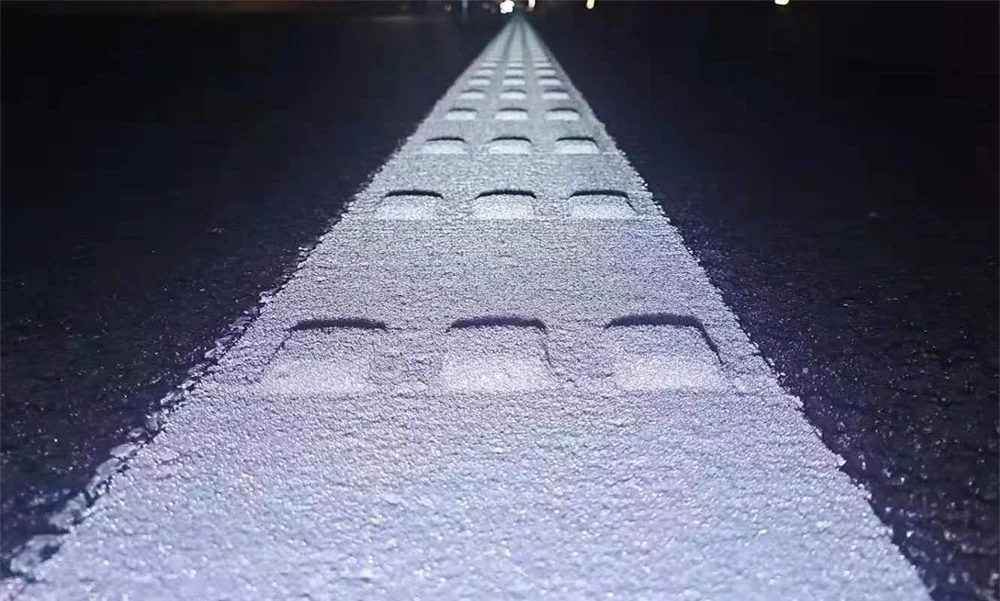
3. Exhibition and advertisement: printing reflective powder can be applied on exhibitions, show stands, posters and the like to attract more attention under dark conditions.

4. Sports goods and clothing: printing reflective powder can be applied in sports goods such as shoes, sportswear and vests for higher visibility and safety at night or in exercise.

5. Furniture and decoration: printing reflective powder can be applied in furniture and decoration for more visual appeal and lighting under dark conditions.
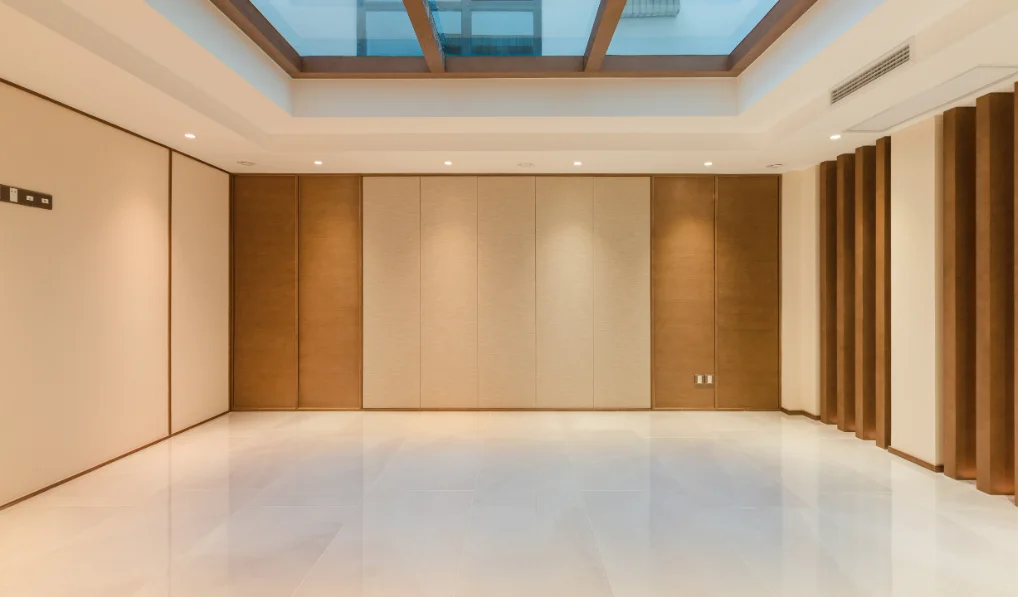
6. Personal protective equipment: printing reflective powder can be applied in safety helmets, protective clothing and reflective vests to keep workers or other users visible under dark conditions and thus improve the safety.
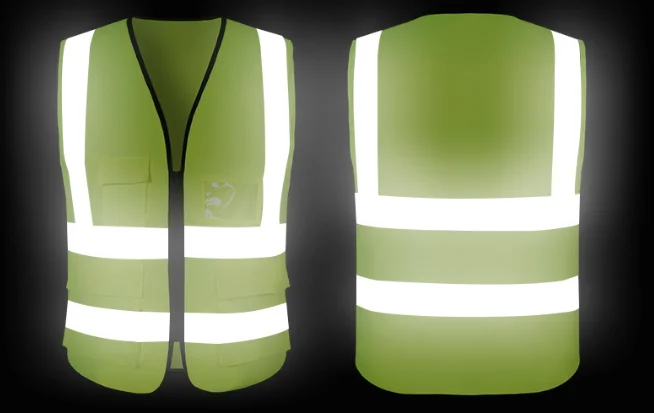
Note: Specific applications depend on products and needs. It is thus recommended to choose appropriate printing reflective powder.
How to choose appropriate printing reflective pigment?
While choosing printing reflective powder, consider the following factors:
- Type of reflective pigment. Reflective powder is generally divided into glass bead reflective powder and metal sheet reflective powder. The former is applicable to small-scale printing, such as texts, patterns and other details, while the latter is suitable for large-scale printing, such as backgrounds and overall patterns.
- Particle size of reflective powder. It refers to the size of particles of reflective powder. Generally, reflective pigment of larger particle size is highly reflective in the presence of light, while that of smaller particle size is finer. Please choose the appropriate particle size as needed.
- Color of reflective pigment. Reflective pigment is silver, golden, colorful, etc… Choose it based on the print design, so as to meet the design requirements and match the overall printing effect while ensuring reflective effects.
- Environmental performance of reflective powder. Pay attention to the environmental performance of reflective pigment. For example, check whether reflective powder complies with relevant environmental standards and whether it contains harmful substances. Using environmentally friendly reflective pigment is conducive to the print quality and environmental protection.
- Reputation of brands and suppliers. Choosing well-known brands and reputable suppliers will lead to better quality assurance and after-sales service.
Choose appropriate printing reflective pigment based on the needs, budgets and above factors.
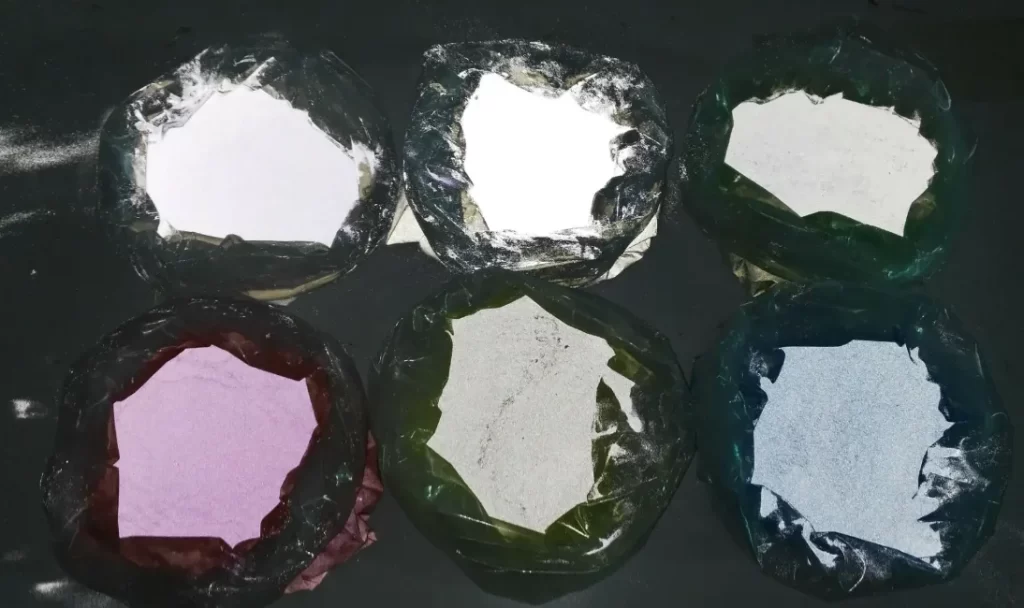
Preparation before use
Before using printing reflective powder, prepare the following tools and materials:
- Printing reflective powder: choose the appropriate color, particle size and dosage as needed.
- Stirrer: fully mix printing reflective powder and other materials.
- Printing material: choose a suitable printing material such as fabric, plastic, paper, etc.
- Printing plate: make a suitable printing plate as needed.
- Ink or paint: choose the appropriate ink or paint as needed.
How to use printing reflective powder?
- Mix the printing reflective powder with ink or paint in an appropriate proportion. Adjust the amount of printing reflective powder for ideal reflective effects.
- Apply the mixture onto the printing material via the printing plate. Control the thickness and uniformity to ensure the even reflection.
- Drying: conduct natural drying at room temperature or heating until the ink or paint is fully cured. The drying time depends on the properties of the ink or paint.
- Post-treatment: carry out necessary post-treatment (e.g. cutting and finishing) to the ideal product shape and size.
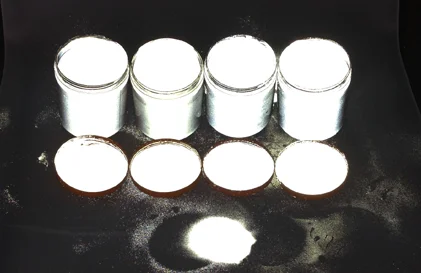
Precautions for use:
1. Prevent printing reflective powder from long-time exposure to sunlight, so as not to affect its reflective effects and service life.
2. Printing materials have different properties and characteristics. Please choose the appropriate printing material and perform pretreatment and post-treatment.
3. Control the printing pressure and printing plate quality in the printing process to ensure the printing quality and even reflection.
4. Keep the remaining printing reflective powder in an airtight container and away from other debris to avoid contamination and damage.
OUR PIGMENT POWDER PRODUCTS




1 thought on “How to select and use printing reflective powder?”
when i use rifective powder for silkscreen printing and after i print like a realstate sign and i want to laminate it to protect the printing the riflective disappears